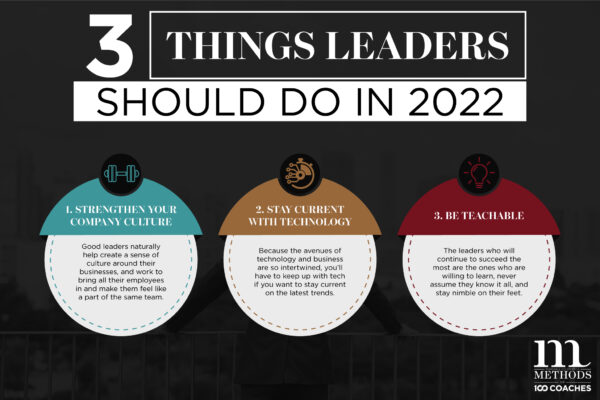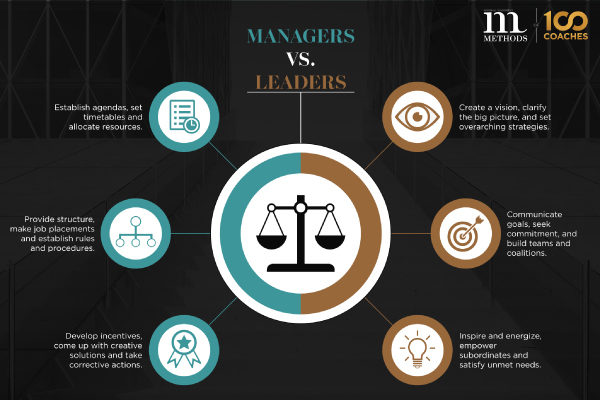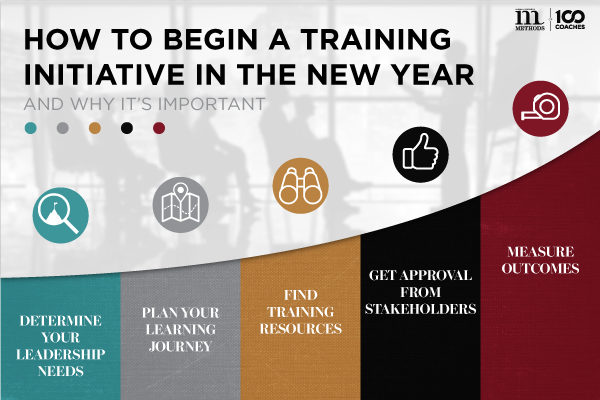
The end of the year is a natural time for reflection. For leaders, it’s an opportunity to look back on the year’s successes, challenges, and lessons to prepare for the future with clarity and intention. Reflection is more than just an exercise in nostalgia—it’s a critical step toward continuous improvement and strategic growth.
As 2024 draws to a close, leaders should take time to assess not only their personal leadership journey but also their organization’s overall performance. Doing so allows them to uncover valuable insights, identify areas for growth, and align their team with a shared vision for the coming year. In this blog, we’ll explore why reflection matters, what key areas to focus on, and how leaders can use this process to drive success in 2025.
The Importance of Year-End Reflection
Reflection is a cornerstone of effective leadership. It allows leaders to pause, step back, and evaluate the broader picture of their efforts and results. Here are some of the main benefits:
- Clarity and Focus: Reflection helps leaders understand what worked, what didn’t, and why. This clarity is essential for setting realistic and meaningful goals for the future.
- Celebrating Wins: Taking the time to recognize achievements boosts morale and reinforces the behaviors and strategies that led to success.
- Identifying Growth Areas: Honest reflection highlights areas where improvement is needed, whether in personal leadership skills, team dynamics, or organizational processes.
- Building a Stronger Team: Reflection can be a collaborative effort that fosters open communication, trust, and alignment within a team.
Without reflection, leaders risk repeating mistakes, overlooking opportunities for innovation, and failing to adapt to a rapidly changing business landscape.
Key Areas for Reflection
To make the most of year-end reflection, leaders should focus on specific areas that provide a comprehensive view of their performance and impact.
1. Leadership Effectiveness
Ask yourself:
- Did I embody the leadership qualities I aspire to?
- How well did I communicate my vision and expectations?
- Did I foster trust and respect within my team?
Consider gathering feedback from your team or peers to gain an external perspective on your leadership. Tools like 360-degree feedback surveys can provide valuable insights.
2. Team Performance
Evaluate the collective performance of your team. Reflect on questions such as:
- Did the team meet its goals?
- Were there any bottlenecks or recurring challenges?
- How well did the team collaborate and communicate?
Celebrating team achievements is just as important as identifying areas for improvement. Recognize the hard work and contributions of your team members.
3. Organizational Growth
Look at the bigger picture of your organization’s progress in 2024. Consider metrics such as revenue growth, customer satisfaction, employee retention, and innovation. Reflect on:
- What strategies drove the most success?
- Where did the organization fall short?
- How did external factors, such as market trends or industry disruptions, impact performance?
4. Culture and Values
Organizational culture plays a pivotal role in long-term success. Reflect on whether the culture you’re cultivating aligns with your company’s core values and mission. Ask:
- Did I model and reinforce our values in my leadership?
- How engaged and motivated are our employees?
- What steps can we take to strengthen our culture in 2025?
Actionable Steps for Reflection
Reflection is most effective when it’s intentional and structured. Here’s a step-by-step guide to conducting a productive year-end review:
1. Set Aside Dedicated Time
Find a quiet space where you can focus without distractions. Block off time on your calendar specifically for reflection. If possible, schedule team reflection sessions as well.
2. Ask the Right Questions
Use reflective questions to guide your thought process. Examples include:
- What am I most proud of this year?
- What challenges did I face, and how did I overcome them?
- What feedback have I received, and how have I acted on it?
- What do I want to achieve in the next year, and why?
3. Use Tools and Frameworks
Consider using tools like SWOT analysis (Strengths, Weaknesses, Opportunities, Threats) to evaluate your leadership and organizational performance. Other helpful methods include journaling, creating a vision board, or conducting a team survey.
4. Involve Your Team
Reflection doesn’t have to be a solo activity. Engaging your team in the process fosters transparency, accountability, and collaboration. Host a year-end meeting to discuss:
- What the team accomplished together.
- Lessons learned from challenges.
- Goals and aspirations for the upcoming year.
5. Document and Share Insights
Write down your reflections and key takeaways. Sharing them with your team can provide clarity and inspire alignment. Use these insights as the foundation for goal-setting and planning in 2025.
Looking Ahead: Using Reflection to Shape 2025
Reflection is only the beginning. The next step is turning those insights into actionable plans for the future. Here’s how to use your year-end reflections to shape a successful 2025:
1. Set Clear Goals
Based on your reflections, identify specific, measurable, and time-bound (SMART) goals for yourself and your team. Ensure these goals align with your organization’s mission and vision.
2. Prioritize Development
Commit to ongoing learning and development—for yourself and your team. Whether it’s attending leadership workshops, adopting new technologies, or fostering a culture of innovation, growth should be a priority.
3. Build on Strengths
Leverage the strategies and practices that worked well in 2024. Consider how you can scale or replicate those successes in the coming year.
4. Address Weaknesses Head-On
Create a plan to tackle the challenges and gaps identified during reflection. Break these down into manageable steps and assign responsibilities to team members.
Conclusion: The Power of Reflection in Leadership
Reflection isn’t just a year-end activity—it’s a habit that great leaders cultivate throughout their careers. By taking the time to assess your leadership, team, and organization at the close of 2024, you’re setting the stage for an even more impactful 2025.
Leadership is a journey, not a destination. The lessons you learn from reflection will help you grow as a leader, build stronger teams, and create a workplace culture that thrives on continuous improvement.
Take action today: Schedule time for reflection, involve your team, and turn your insights into a powerful roadmap for success in the new year. For more leadership advice just like this, sign up for our library of courses, taught by the world’s top experts in their fields: https://methodsof.com/
SOURCES:
https://online.hbs.edu/blog/post/the-importance-of-reflective-leadership-in-business
https://hbr.org/2022/03/dont-underestimate-the-power-of-self-reflection
Photo by Tima Miroshnichenko: https://www.pexels.com/photo/woman-in-black-leather-jacket-sitting-by-the-table-5717270/





